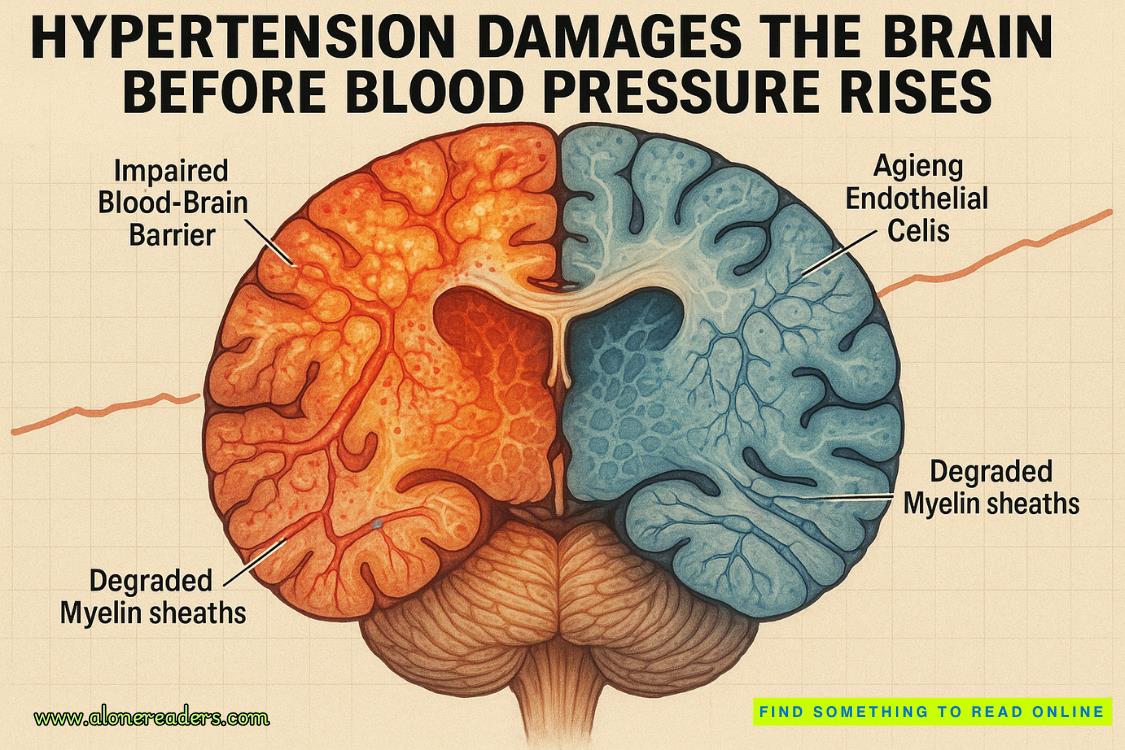Page 45 of The Man Made of Smoke
He raises the beam of the torch to the window—
—and immediately recoils, stepping back so quickly that he almost loses his footing in the road. Somehow the torch remains pointed roughly at the window, illuminating the dead man behind the glass.
The festering wound that covered one side of his face.
His open eyes staring sightlessly out at the world.
And the impossibly long, yellow teeth, bared in a final rictus of anger and pain andhate.
That was the first body.
Sanderson discovered the second in the ten-minute window between calling for assistance and the other officers arriving at the scene. Afterward, he would justify levering open the back door of the camper van and disturbing the crime scene on the grounds that he had been worried someone inside might be hurt. Which was reasonable. But in all the years that followed, he would have given anything not to have done it.
The door crunched open. He shone his torch inside.
The interior managed to be both sparse and cluttered at the same time: a space that felt at once cramped and confined and yet still somehow infinite. There were none of the fixtures and fittings you might have expected. There was no bed to sleep in; no seating area; no toilet or shower. All the standard amenities for living had been ripped out. Because this was not a place in which anyone was intended to live, exactly.
His torch beam moved over shelves and cabinets scattered with tools. As he stepped up into the van, the headlights behind cast his shadow over the base, but he could tell that a section of the floor had been stripped back to create a kind of pit. When he pointed the torch down at it, the flies that were gathered there erupted and clouded the air.
The remains in that pit would be identified as belonging to Robbie Garforth, a ten-year-old boy who had gone missing from woodland a few weeks previously. A friend had been with Robbie at the time. That second child told police that they had been playing hide-and-seek, and that the two of them had entered the wood through a car park on a nearby trail. The second boy remembered seeing what he thought was an old camper van pulled up there, and that there had been a man he didn’t want to look at in the driver’s seat.
Why didn’t you want to look at him?the police asked him.
Because he felt bad, the boy told them.
He feltwrong.
Investigators assumed abduction from the start, and swiftly joined forces with other departments around the country. Because over the previous three years, other children had gone missing in similar circumstances. Sean Loughlin, Paul Deacon, and Charlie French. In each case, witnesses recalled seeing an old camper van, and a man they found hard to describe. A long coat. Dirty work boots. A face with something behind it that made you want to look away again very quickly.
Tonot see.
The postmortem on the man in the driver’s seat revealed that he had died of a catastrophic heart attack, most likely brought on by the infection that was ravaging his system. There was extensive burning to the left side of his face, where his cheekbone was partially exposed, and patches of his hair were charred down to an ugly black fuzz. Similar injuries were found on his hands. The injuries had clearly been left untreated for some time, until his body finally succumbed to them. Perhaps it brought some small degree of comfort to the children’s families to know their killer had spent his final days in a state of delirium and agony.
If so, that was to be the only real closure they did receive. Forensicanalysis detected traces of all four boys in the camper van, but Robbie Garforth’s was the only body recovered; the remains of the other three victims were never located. And the man who had murdered them remained a mystery. Beyond the evidence of his crimes, nothing was discovered inside the van that enabled the police to identify him. The old wallet in his trouser pocket contained no credit card, driver’s license, or money; his fingerprints—or at least, what remained of them—were not found in any records; and searches for his DNA in genealogy databases returned no matches. The vehicle he had been driving yielded no clues either. It had clearly been extensively repaired over the years, assembled from the parts of other vehicles, with any identifying numbers filed away from the metal. The license plate was unregistered. It appeared to be handmade.
And while the investigation into the killer—dubbed the Pied Piper by the media—continued for a time, it ultimately stalled. In the end, despite extensive inquiries, it seemed very much as Andrew Sanderson had thought when he was standing beside the van that night. That the killer and his vehicle had appeared from nowhere, slipping sideways into this world from some terrible adjacent place.
And eventually the world moved on.
But not mine.
Thirteen
THE PIED PIPER
The house around me was silent. There was nothing but the gentle hum of my father’s computer, and the menace of those words, right there in front of me in red capital letters on the screen.
The website itself was clearly a relic from the early days of the internet. The background was a repeating beige tile, so badly designed that the patterns were misaligned at every edge, and most of the black text beneath the title was small and hard to read. A primitive animated icon of a man was digging beside the title. Site under construction. Given how old and out of date the page appeared, I wondered how many years that animation had been mindlessly playing for. The site had the feel of a place that had been abandoned a long time ago.
I scrolled down.
Even if the website had been forgotten now, it was immediately apparent that at some point it had been obsessed over. The whole thing was a single page: a wall of text running down one column on the left of the screen, with occasional photographs and document scans on the right-hand side, each of those encased in white, window-like frames.As I scrolled down, the slow progress of the bar at the side of the screen suggested the page was very long indeed. And the text itself was densely written.
But it was at least arranged roughly into sections. The page began by describing the discovery of the crashed camper van, and the fruitless attempts to identify the killer found dead behind the wheel. Then there were lengthy sections devoted to each of the four victims. I leaned down carefully on the desk, as though the surface might burn my hands, and scanned the screen to see if whoever had compiled the website had done their homework.
—the age of 9, he was already showing an aptitude—
I leaned back.















